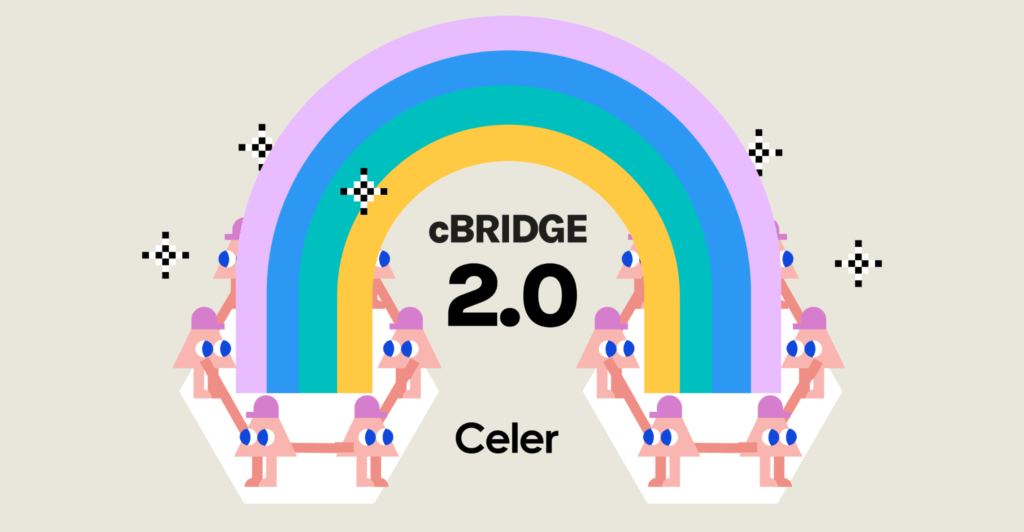
What is cBridge?
cBrigde is a cross-chain bridge that allows users to transfer assets between different blockchains with a rich source of liquidity, a simple interface and cheap transaction fees. In addition, it also allows developers to take advantage of cross-chain data transmission to develop products like DEXs or NFTs.
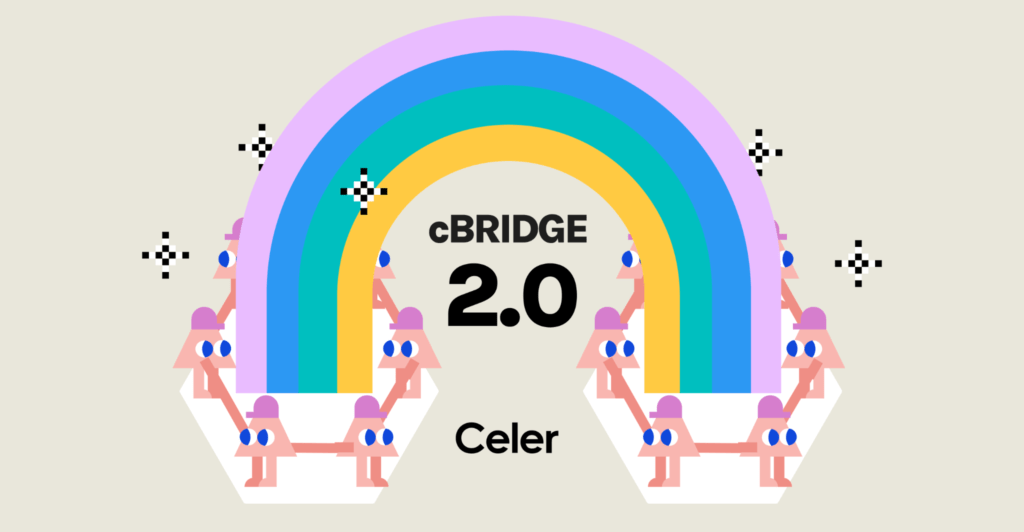
Additionally, cBridge gives node operators and Liquidity Providers the chance to improve profitability and manage liquidity. These functions are a result of the implementation of the Celer State Guardian Network (SGN), a piece of technology created by Celer Network and run by CELR validators and stakeholders.
cBridge’s key principles
- Website: https://cbridge.celer.network/
- Category: Bridge Cross-chain
- Wallets Supported: MetaMask, TokenPoket, Coinbase Wallet, WalletConnect, Clover
- Supported chains: Ethereum, BNB Chain, Polygon, Optimism, Fantom, Metis, Evmos, Moonbeam, Boba Network, Heco, Ape Chain, Conflux, Gnosis Chain, Klaytn, Milkomeda C1 (Cardano), Ontology EVM, REI Network, Shiden, Astar, Avalanche, Arbitrum One, Aptos, Flow, Oasis Emerald, Auora, Moonriver, OKXChain, Celo, Clover, Crab Smart Chain, Kava EVM Co-Chain, Milkomeda A1 (Algorand), Nervos Godwoken, PlatON, SX Network, Swimmer Network.
- Features: Bridge Token, Bridge NFT, Provide Liquidity,
- Audit: CertiK, PeckShield, SlowMist
- Availability: Website
Properties of cBridge
- Simple to use, quick transactions, high throughput, and inexpensive transaction fees
- Asset and NFT transfers between several chains are available.
- Supports more than 30 popular networks
- To lessen security threats, cBridge has put in place some safeguards. Reputable industry auditing organizations constantly check the security of smart contracts.
- High volume trading is supported by deep liquidity.
How does the cBridge work?
Celer cBridge uses two different transfer models:
- xAsset : This model will be used when users have a need to transfer assets from Chain A to Chain B, while assets are in chain A but have not been issued in chain B.
- xLiquidity : Once the token has been issued in both chains that users need to transfer, xLiquidity will be used through a liquidity pool.
xAsset
Suppose when a user wants to transfer an amount of X tokens from chain A to chain B, but it has not been issued in Chain B. cBridge’s protocol implements two contracts:
- TokenVault: This contract will be deployed in chain A. User can transfer token X into this vault and receive token Y which is pegged to X in chain B. When withdrawing token X from the vault, the corresponding amount of token Y in chain B will be burned.
- PeggedToken: Contract is used to print or burn token Y (pegged token) on chain B
Transfer from chain A to chain B (Lock-and-Mint Flow)
When a user transfers assets from chain A to chain B, the steps will be executed as follows:
- User deposits a number of tokens X into the TokenVault contract on chain A
- Celer State Guardian Network (SGN) will check this user action, after validating the transaction, SGN will generate a proposal to generate Y tokens that are pegged to X in a 1:1 ratio on chain B.
- Relayer will receive suggestions from SGN
- Relayer requires PeggedToken contract to generate Y token as suggested by SGN
- PeggedToken contract to print token Y on chain B
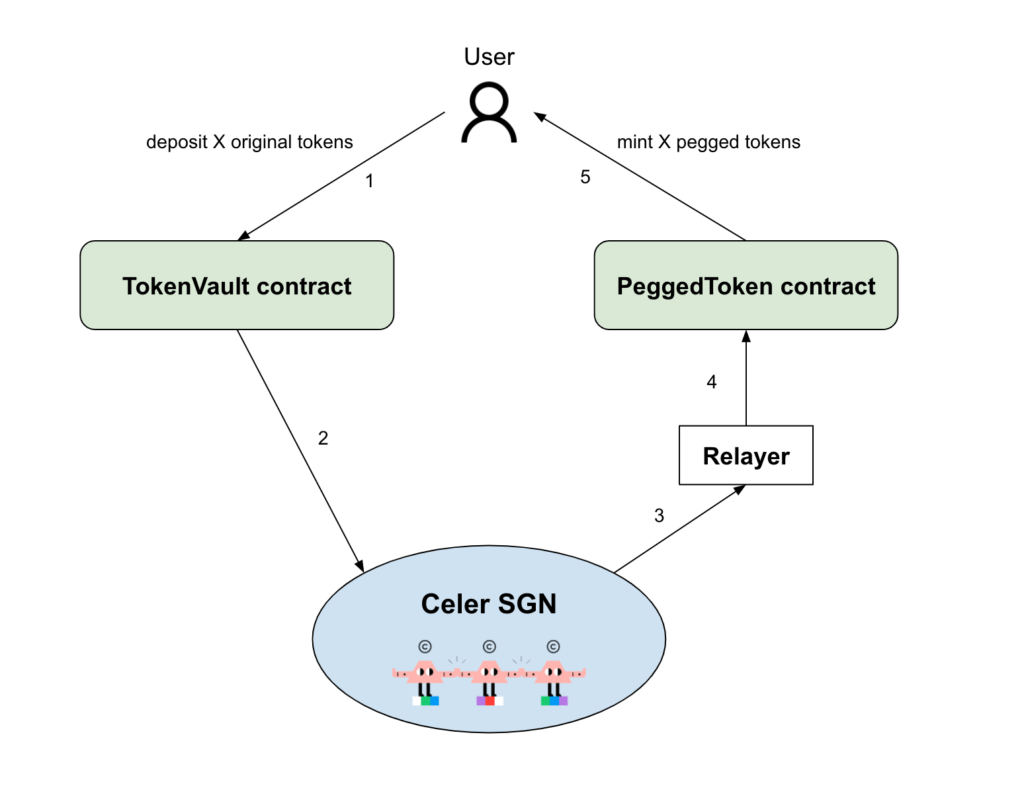
Transfer from chain B to chain A (Burn-and-Release Flow)
When a user needs to transfer assets from chain A to Chain B, the protocol will execute the transaction in the following order:
- The user requests the PeggedToken contract to burn a number of Y tokens on the B chain
- SGN will monitor this burning process until it succeeds, SGN will make a proposal to withdraw token X in the TokenVault contract at chain A
- Relayer will receive suggestions from SGN
- Relayer requests TokenVault contract to return token X as requested by SGN
- TokenVault contract sends an amount of tokens X corresponding to Y burned to the user
xLiquidity
When the various tokens have been distributed, the chains that users must use will determine how this model is handled. When a user needs to move token X from chain A to chain B, they must first load some of the tokens into chain A’s Liquidity Pool and then withdraw the same amount from chain B.
By allowing anyone to contribute liquidity to the protocol in exchange for awards and transaction fees, cBrigde makes it possible to build these liquidity pools.
Instructions for using cBridge
Token transfer cross-chain
- Go to https://cbridge.celer.network and connect the wallet
- Select the source chain (From) and destination chain (To)
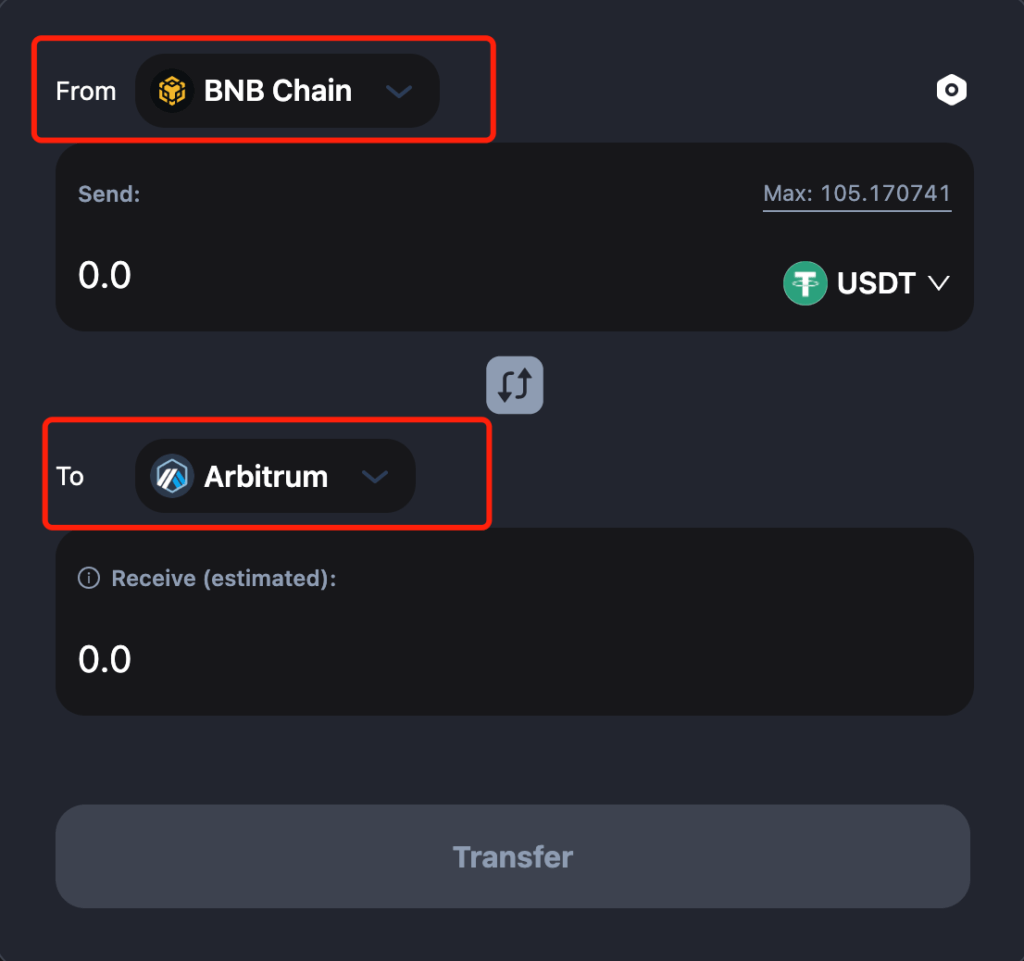
Enter the number of tokens you want to transfer in the Send section, the system will automatically calculate and display the corresponding number of tokens you receive in the Receive section.
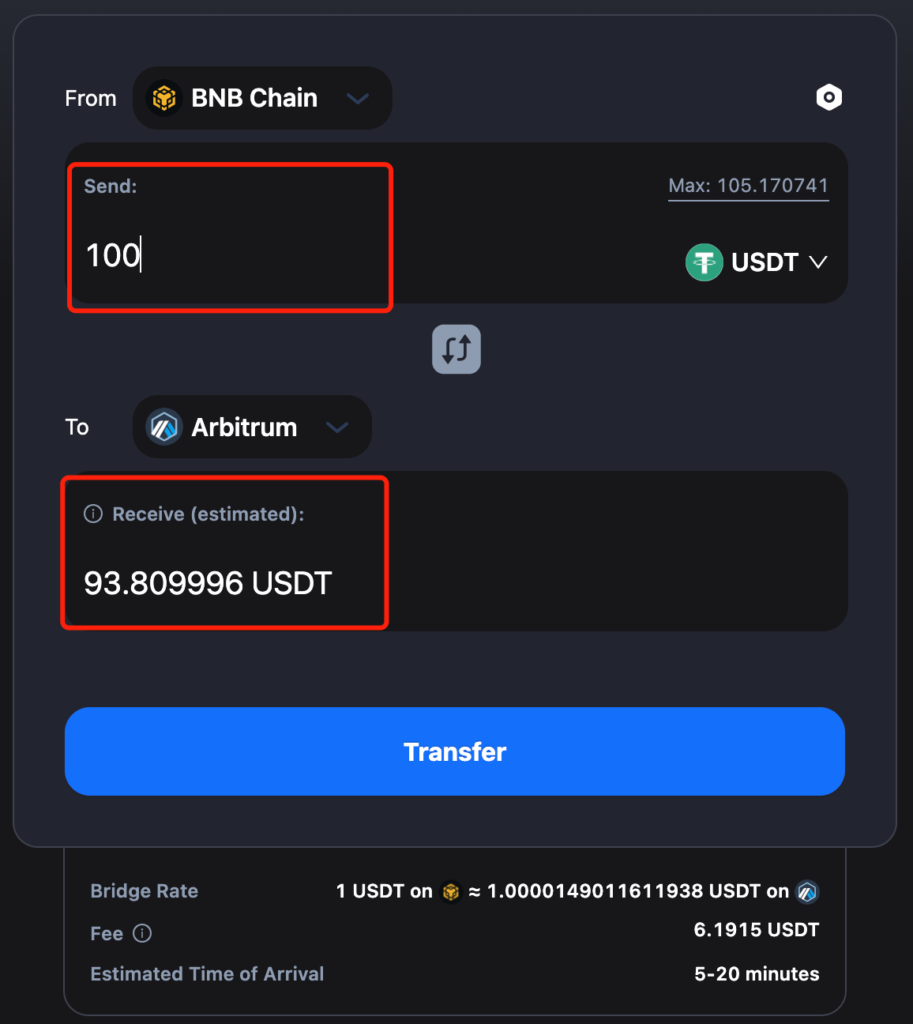
Also, the fee and transaction completion time will be shown below.
Tap the hexagon icon on the right side of the screen to adjust the slippage. The transaction will fail if you set the tolerance too low, normally it is reasonable to set the Slippage Tolerance between 0.1% – 0.5%.
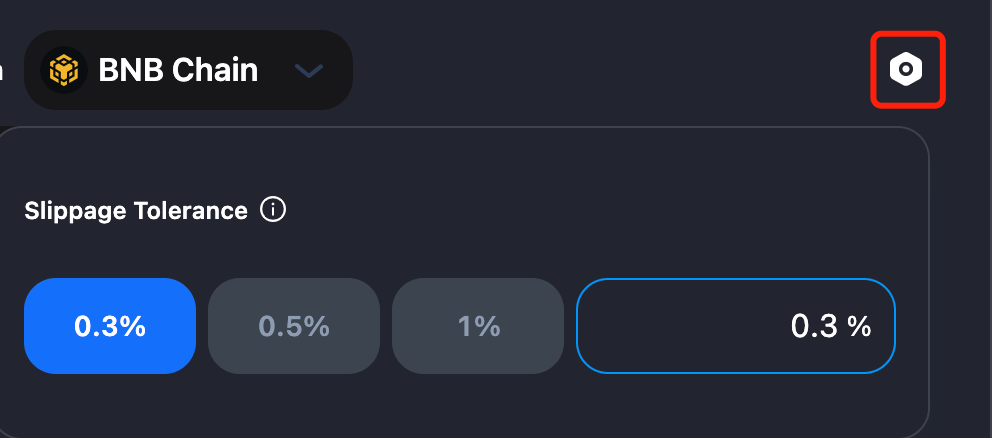
Check the transaction details again and click “Transfer”. You will then get a pop-up to approve the amount of USDT to transfer. Click “Approve” to agree and execute the transaction.

After a successful transaction, to check the transaction history, select “Transfer History”. To check the transaction details, click on the link icon and you will be navigated to Blockchain Explorer.

Note: If you encounter a transaction failure due to insufficient liquidity or low slippage, you can click “Request Refund” to request a refund in the transaction history section.
Instructions for providing liquidity
Select a liquidity pool with the APY level you are interested in, then click the “+” sign. Transfer the connected wallet to the network for which you want to provide liquidity. In this example, Ecoinomic which wants to add liquidity for USDT on BNB Chain will transfer the wallet to the BNB Chain network.

Enter the amount of USDT you want to provide to the pool. Then press “Add Liquidity”
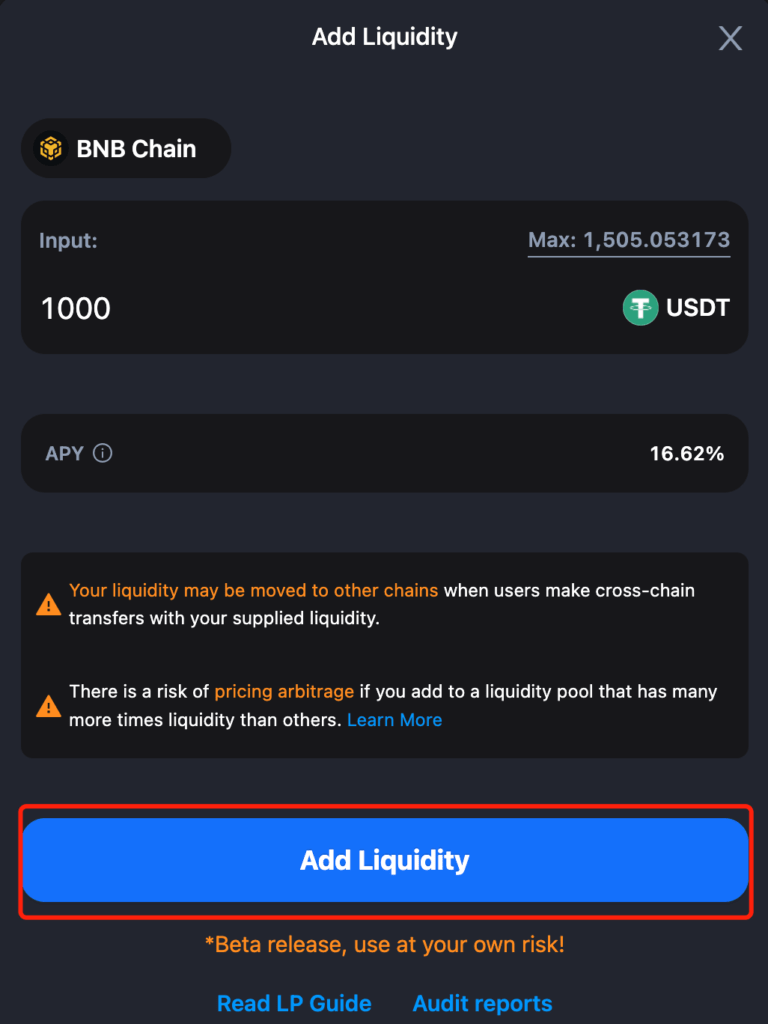
When the transaction is complete, go to “Your Liquidity Overview” to check the position status and reward
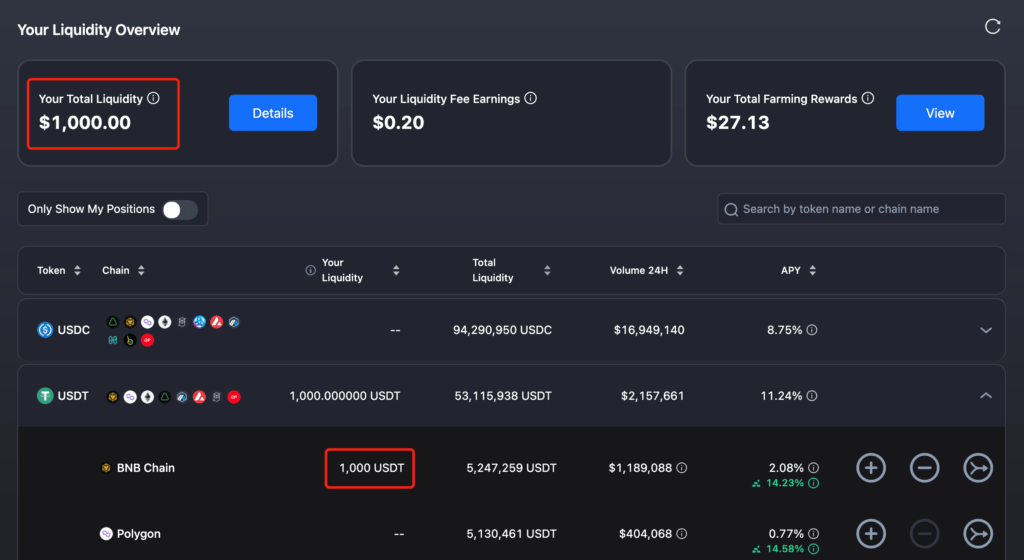
NFT Bridge
Source Chain “Source Chain”: Currently cBridge only supports NFT on the following 4 chains: BNB Chain, Ape Chain, Polygon, Ethereum Mainnet.
Destination Chain “Destination Chain”: Only NFT transactions are allowed to the following two networks: Ape Chain, Ethereum Mainnet
Currently, cBridge only supports certain NFT collections to transfer between chains.
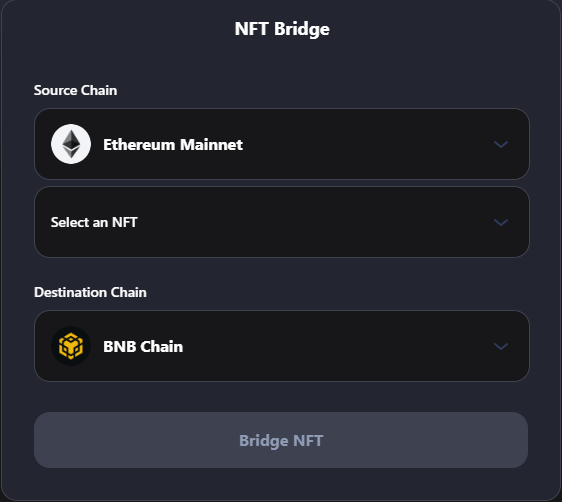
Summary
cBridge is considered one of the best and most secure cross-chain bridge projects today. Users can access abundant liquidity, low transaction fees and high security because cBridge periodically audited smart contracts by a large and well-known auditing company in the industry.
















